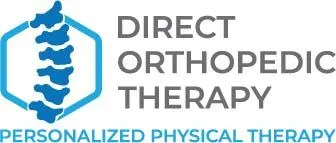Scoliosis is a situation where the spine is bent weirdly. It affects a person’s posture and spinal alignment. Under these situations, the spine bends and twists to one side. Scoliosis can develop at any point in a person’s life. However, this situation is more likely to affect teenagers. Scoliosis affects between 2% and 3% of the overall population. Moreover, it affects both sexes equally. However, the problem might worsen and become more difficult to cure in women. Mild to severe Scoliosis is possible. For each patient, the treatment plan is unique. Surgery may be necessary for those who have more severe instances. Scoliosis is best managed with a team approach. Family members, an orthopedic surgeon, an orthopedist (an expert in bracing), and a physical therapist should all be part of the team. Learn more about our Physical therapists.
Scoliosis in detail:
When Scoliosis occurs, it results in the curvature of the spine to the side, with rotation included. It alters one’s posture and spinal alignment. Scoliosis is rarely painful. However, the aberrant curvature of the spine can cause pain in the muscles and joints around it. These alterations may impact posture, alignment, and mobility. Inflammation and discomfort are possible side effects. Loss of strength and flexibility may result from an imbalance in the spine’s muscles.
The following are the types of Scoliosis:
- Adult idiopathic Scoliosis
- Congenital Scoliosis
- Neuromuscular Scoliosis
- Early Onset Scoliosis (in infants and youth)
Is there a diagnosis for it?
In most cases, Scoliosis can be diagnosed through a physical exam or school assessment. These screenings may be performed by a child’s doctor, school nurse, or physical therapist. The purpose of screening is to detect health issues like Scoliosis as early as feasible.
These are the exercises and positions that your child’s doctor or physical therapist will want to see from you.
The physical therapist will also note any other symptoms that may indicate Scoliosis. If you go to a doctor first, X-rays are required to confirm a physical therapist’s diagnosis.
Final thoughts:
Why can a Physical therapist be helpful?
Scoliosis can be treated with physical therapy, bracing, or surgery. Depending on the kind and severity of your Scoliosis, your physical therapist or surgeon will determine the best course of treatment.
Physical therapists treat Scoliosis at every stage. They help people to perform to their full potential. PTs assist patients with Scoliosis during bracing and before and following surgery.
Scoliosis treatment plans will be tailored to your child’s needs by your physical therapist. Moreover, they will assist you in achieving your objectives. They’ll watch things throughout your therapy with you and your doctor.


